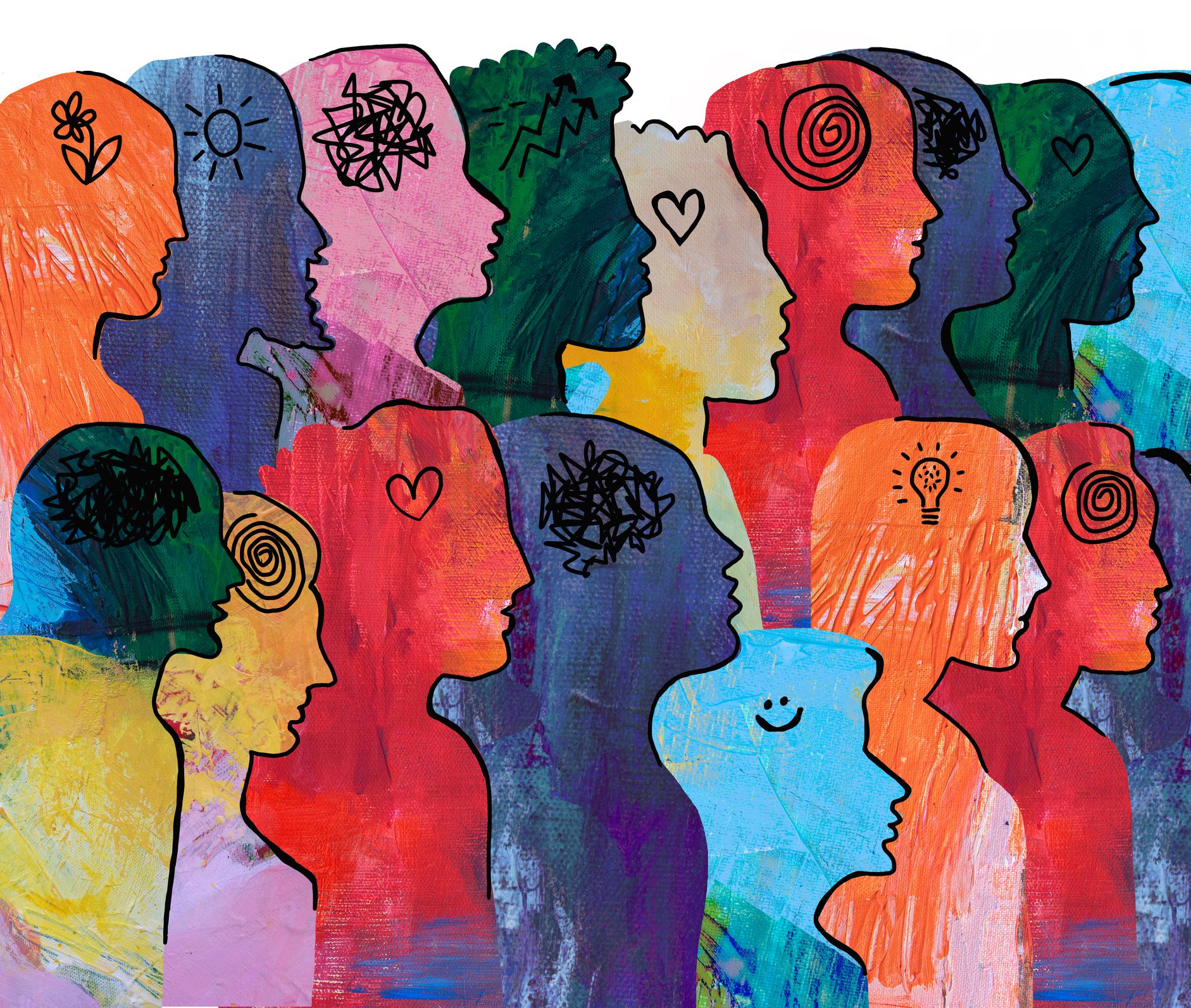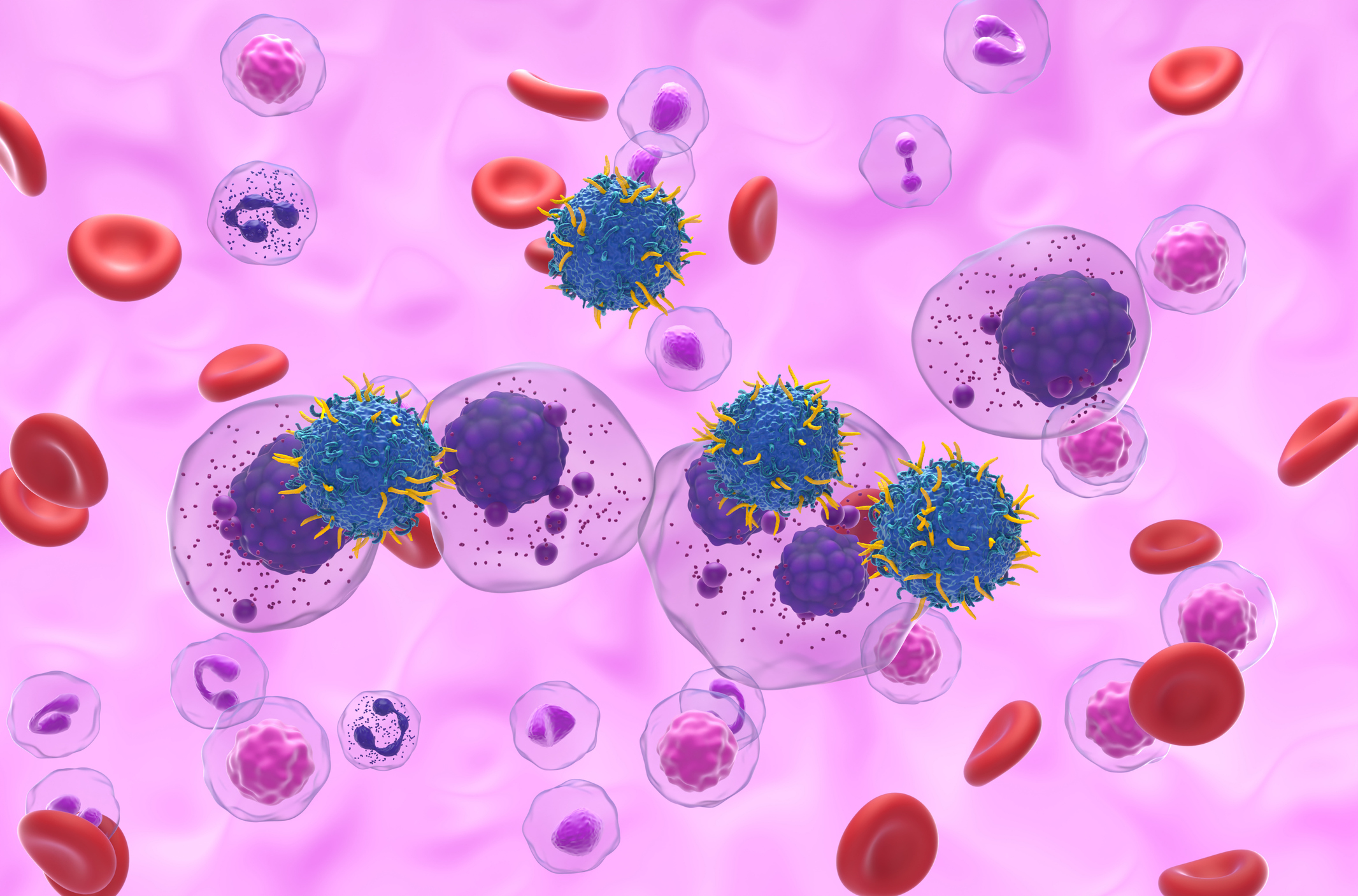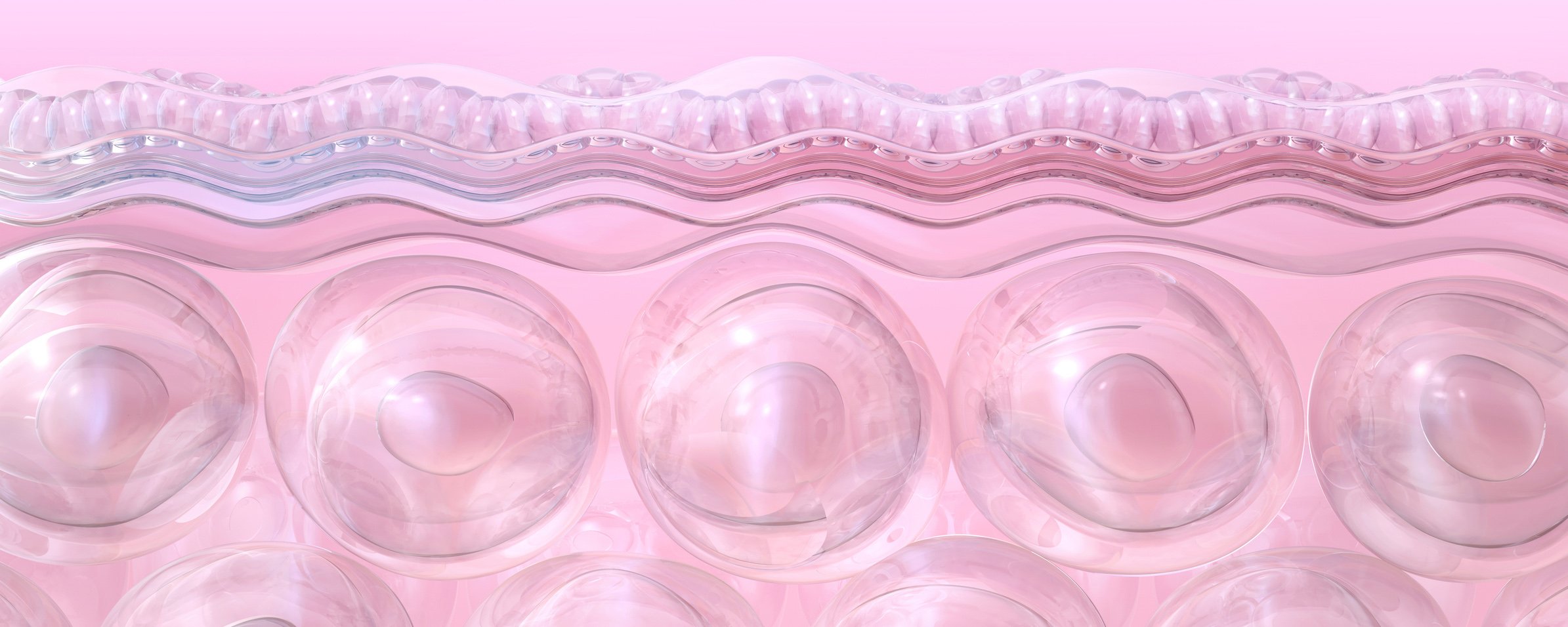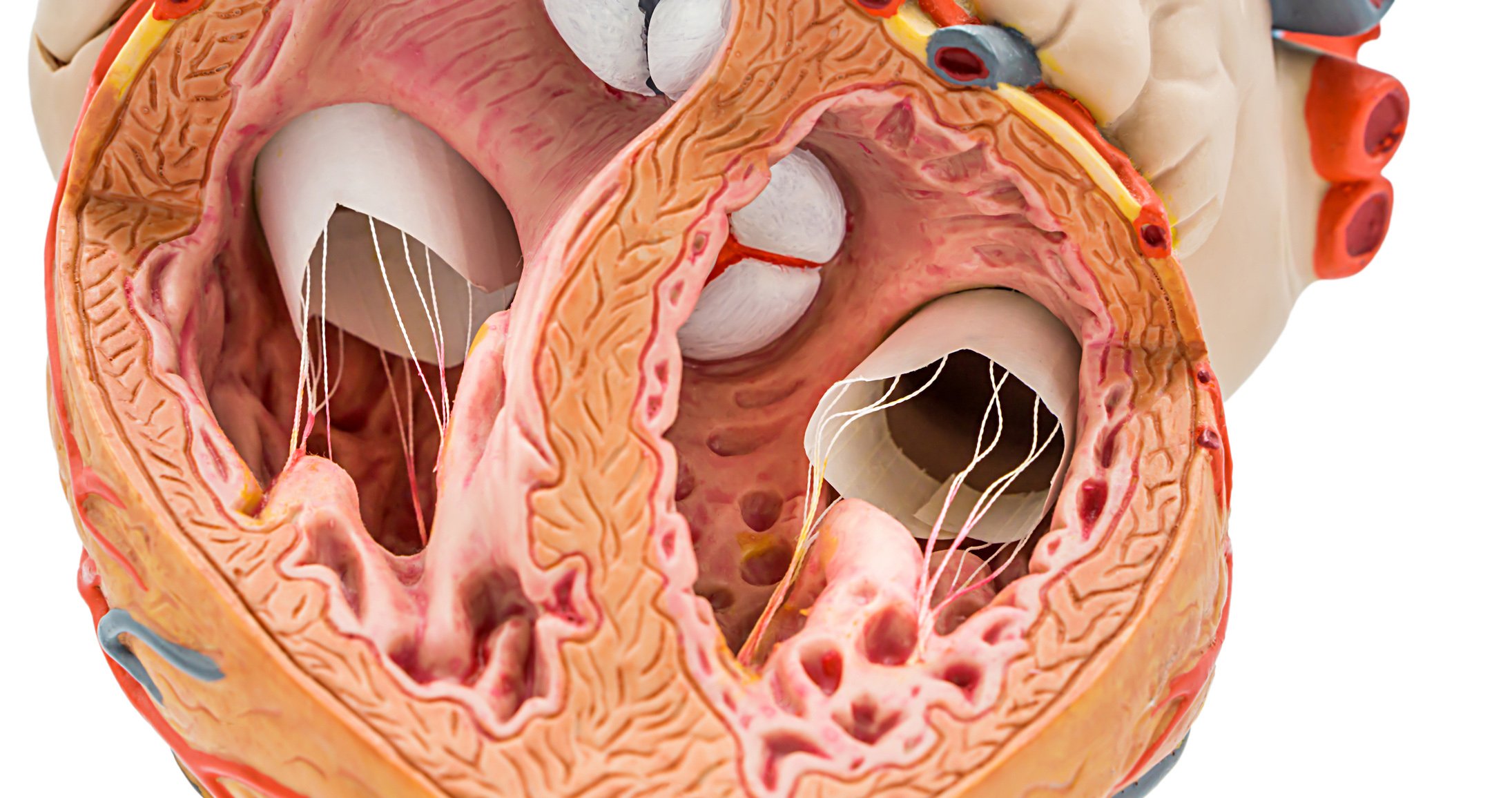Over the past decades, significant progress has been made in understanding the pathogenesis of chronic inducible urticaria (CIndU). Provocation tests continue to play an important role in confirming the diagnosis. For patients who do not achieve disease control despite H1 antihistamines or omalizumab, numerous biologics and small molecules are currently being investigated in clinical trials, most – but not all – of which are directed against new therapeutic targets.
Autoren
- Mirjam Peter, M.Sc.
Publikation
- DERMATOLOGIE PRAXIS
Related Topics
You May Also Like
- Multiple myeloma
DREAMM-8: Key study in the development of BCMA therapy up to DREAMM-14
- Catheter ablation for atrial fibrillation 2025
Pulsed field versus radio frequency – where do we stand?
- Atopic dermatitis
From skin barrier disorder to atopic march?
- From the late residual valve to independent therapy
Tricuspid interventions 2025
- Brain health
News from the Swiss Brain Health Plan (SBHP) 2023-2033
- Friedreich's ataxia
Treatment options have improved
- Focus on prevention
Colorectal cancer screening – an update
- Ulcerative colitis












